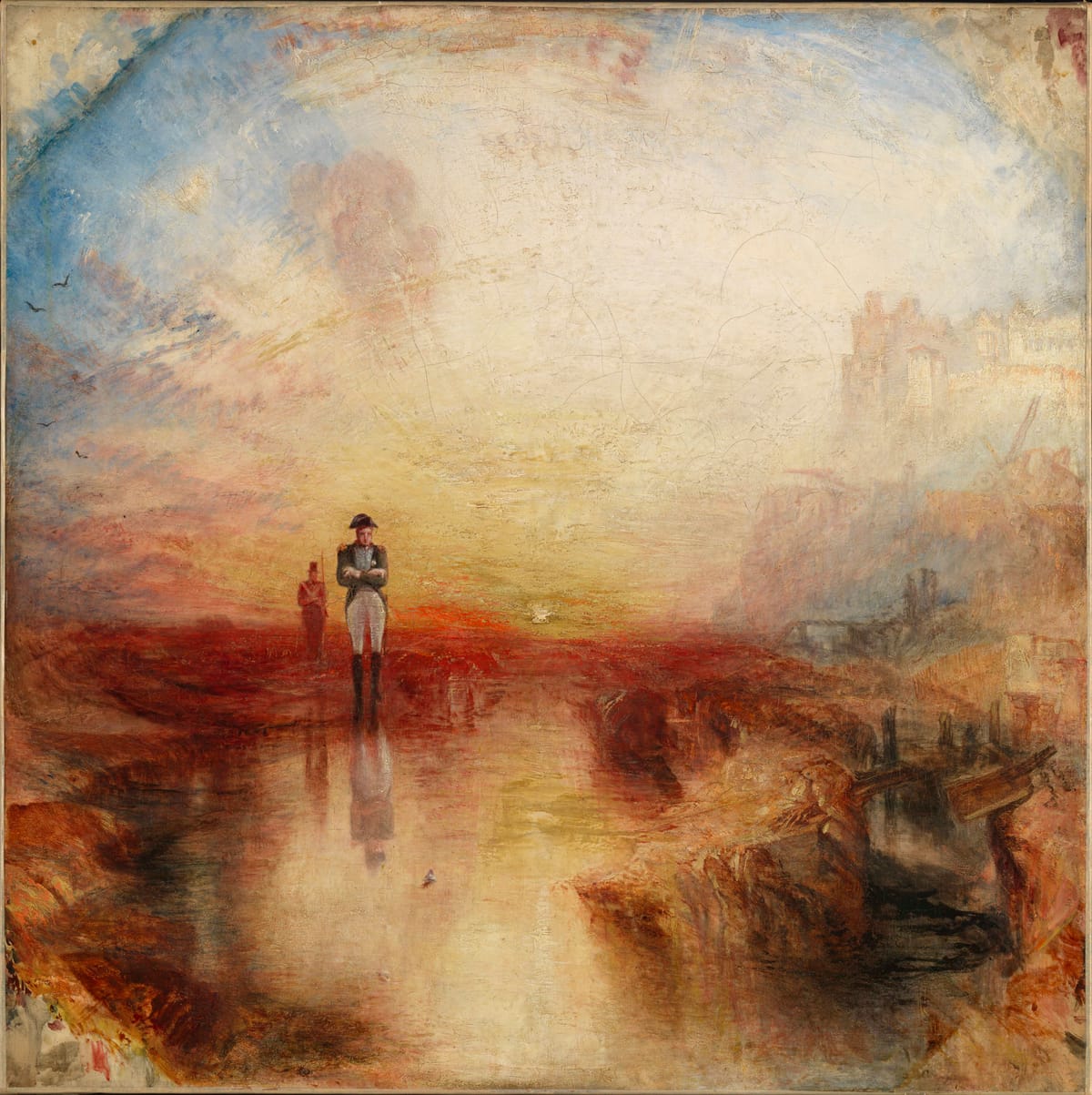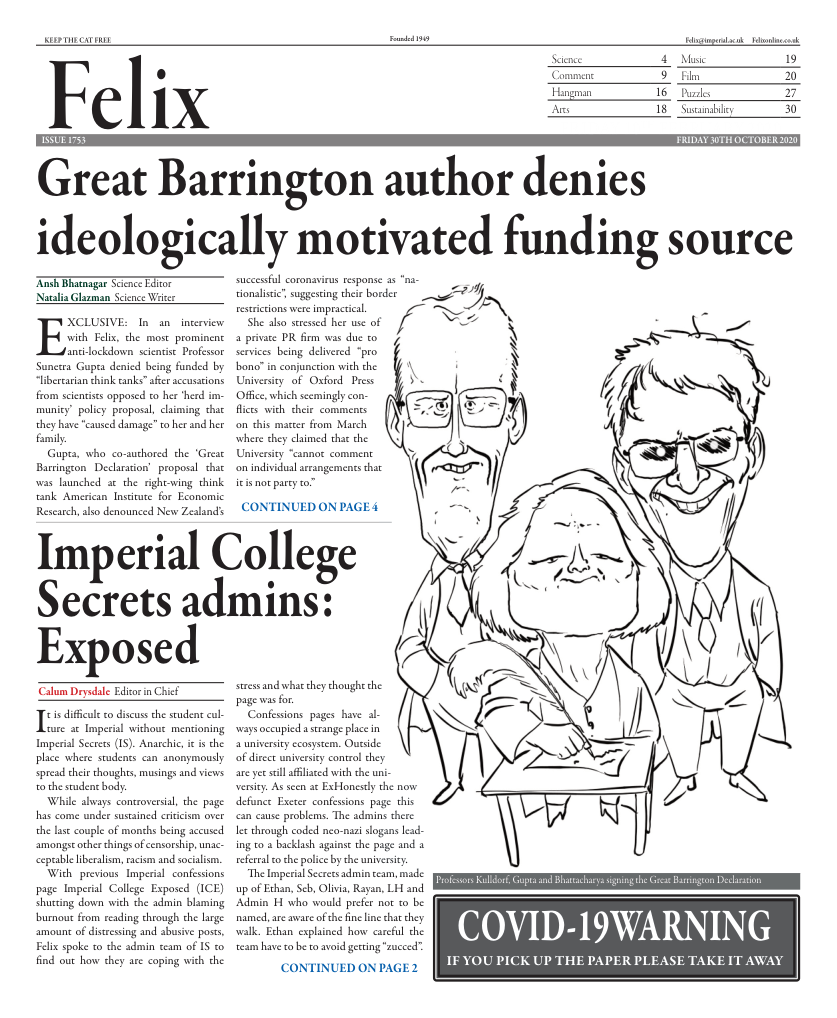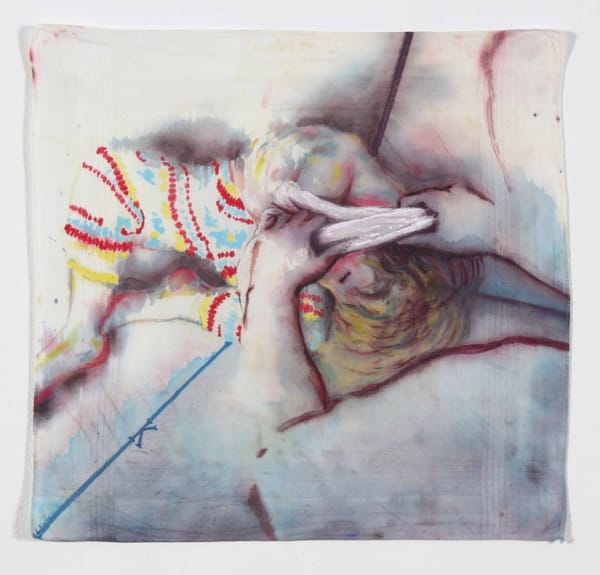Modern Love: Turner at Tate Britain
The exhibition presents a comprehensive and wonderfully curated exhibit of Turner’s work with a penchant for deep reflection on the milieu.

Turner's Modern World
★★★★
- What: Exhibition
- Where: Tate Britain
- When: 28th Oct - 7th Mar 2021
- Cost: £22 (Students £20)
Since its inception in 2000, Tate Britain has been in an uneasy marriage, struggling to accommodate its vast collection of classical art with its apparent ambition to be the next Tate Modern. In 2017, Art Critic, Jonathan Jones, urged for the museum to embrace its pre-20th century collection of art in a scathing opinion article appearing in The Guardian. He wrote, ‘It seems to be a requirement that, to work at the national museum of British art, you shouldn’t like the nation’s greatest art.’ He further argued, ‘It can show us everything from the industrial revolution and slavery to the history of horse racing. All it needs to do is put as much of that collection on view as possible, with an eye to history.’ Somewhat prophetic, the museum seemed to have heard this call and put together the largest exhibition on Joseph Mallord William Turner’s work in recent times, bringing together much of his bequest and shining a light on the artist and his lesser known works.
Tate Britain is, in so many ways, a museum for Turner. This is not to suggest that British art begins and ends with him, but it is an unassailable fact that his work was, and still is, a corner stone of post-Renaissance British Art. Until the 18th century, the industrial revolution aside, Albion was trailing behind mainland Europe, and the high arts since the renaissance flourished through Florentine, Venetian, Flemish, and French circles, and seldom reached English shores with the same intensity. The tide, however, changed with the arrival of Turner and John Constable in the late 18th century. These two men, empowered by a bitter rivalry, ensured that English Art no longer found itself in the fringes of European high Arts.
Turner, upon his death in 1851, bequeathed his entire art collection to the nation, making one of the greatest donations ever made since Hans Sloane’s bequest which set up the foundations of the British museum. His collection, after a circuitous journey tumbling about in The National Gallery and V&A Museum, found itself its current quarters at Tate Britain — home to British Art.
The current exhibition “Turner’s Modern World” draws on this vast collection, seeking to expand our understanding of the evolution of the artist’s work. Unashamedly embracing the collection’s breadth, it presents a comprehensive and wonderfully curated exhibit of Turner’s work with a penchant for deep reflection on the milieu. The late 18th and early 19th century were arguably the most turbulent and consequential period in European history, and, as with many artists, this volatility filtered into his work. The revolution across the channel, the Napoleonic ‘world’ wars, reformation of the parliament, emancipation of Catholics at home, and the abolition of slavery; Turner lived through them all and as the exhibition puts it eloquently, ‘Though not all works of personal conviction, Turner saw fit to capture them all’.
Through a series of eight thematic rooms, we explore the societal turbulence and its influence in and though Turner’s work. Known extensively for his landscapes, the exhibition seeks to subvert this popular public opinion by underscoring his other works, primarily maritime and industrial paintings. The exhibition has not shied away from using his well-known, popular works to thread this narrative. Indeed, we see ‘The Fighting Temeraire’ and ‘Rain, Steam and Speed – The Great Western Railway’ loaned by The National Gallery, and ‘Snow Storm: Hannibal and his Army Crossing the Alps’ among numerous other highlights. In an exhibition telling a seldom told story such as this, it can often be distracting to have such popular paintings take the centre stage, but ‘Turners’ Modern World’ treads this line quite carefully - not sacrificing the narrative for the grandeur and vice versa. An encouraging exposition of Turners attitude to slavery is presented with a reproduction of his painting ‘The Slave Ship’. Even as a reproduction (the original, currently housed in the Museum of Fine Arts, Boston, was deemed too fragile to transport), it takes centre stage in presenting the dichotomy of progressive attitudes in the early 19th century. A proponent of liberal trends in his later life, Turner had also infamously invested in a Jamaican slave plantation.
It is interesting to note how almost every painting from this exhibition is sourced from within the Turner Bequest, meaning, sourced largely from within Tate Britain. But then again it is what Turner would have wanted; In his will, he conditioned that his paintings be hung together. This was disregarded over the years and a few pieces now lie scattered between The National Gallery and Tate Britain. It is thus encouraging to see them find a common shelter as he wished, even if only temporarily during an exhibition such as this.
Often romanticised and pigeonholed, Joseph Mallord William Turner, with his modest upbringing in London, was the man who put British art on the world map. But there is much more to him as an artist that sets him apart from his contemporaries. This exhibition about him is striving for something much more as well, and, apart from capturing the artist, it reflects on a museum seeking to re-invent itself by looking to the past. It is fitting in a sense that one of the final works we see in the exhibition is ‘War. The Exile and the Rock Limpet’ (inset) with Napoleon standing at St. Helena, brooding over his legacy. We all should do that from time to time, shouldn’t we? I mean reflect! So why not begin at Tate Britain, where this exhibition runs from the 28th of October until the 7th of March 2021.








